Why 48-volt?
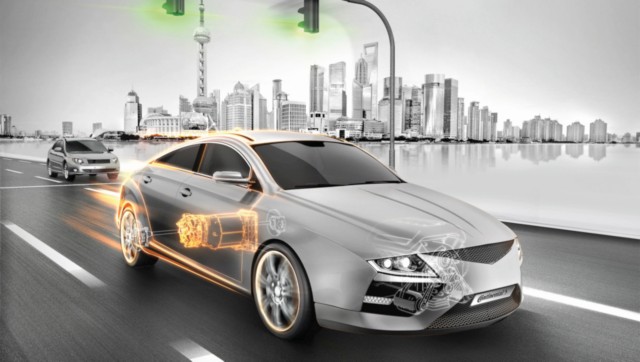
Theoretically, a 48-volt (48V) electrical system offers four times the power delivery bandwidth of a conventional 12-volt system, albeit with thinner and much lighter wiring. It is supported by a somewhat lighter but more power-dense 48V battery. This opens up new possibilities when it comes to meeting power requirements of more advanced onboard systems for greater stringent emission control, evolved hybrid technology, an electric compressor, and even electronically controlled suspension. Of course, for optimal functionality, a 48V electrical system is used alongside a conventional 12V system that powers lighting components such as the headlamps and dashboard information console. That said, the 12V battery employed is a lighter and lower capacity unit as well.
The 48V system in a mild-hybrid comprises an AC/DC inverter (to change the generator’s alternating current to direct current for the battery), a 48V lithium-ion battery (that charges and discharges at every start and stop operation), a battery controller (to regulate the state of charge of the battery), and power distribution boxes (containing built-in fuses). The 48V system backs up the 12V system that uses a DC/DC converter (that changes the 48V battery power to support 12V accessories), a 12V battery (conventional but smaller), and 12V electrical distribution (for the centre console, window controls, and powered seats, among other things). Technology major, Delphi, believe that by 2025, one in 10 vehicles will be a 48V mild hybrid. The systems would allow a torque increase of as much as 50 per cent, making for faster take-offs and also help in reducing fuel consumption and emissions.
Examples of cars with 48-volt systems and accompanying advanced systems include the Audi SQ7, Bentley Bentayga and the Mercedes CLS. The SQ7 runs a conventional twin turbocharger set-up as well as a third electric compressor powered by the 48V system. Another use is the electronically linked suspension, where even a twist of the stabilizer bar contributes to recharging the battery. A belt-driven alternator starter also replaces the traditional alternator and helps with start/stop functionality, among other functions. Further benefits of the system also translate into electronics taking over previously mechanically or hydraulically powered systems such as the water pump, other cooling systems, steering, braking, and, of course, more advanced autonomous drive systems.
That’s not to say that 48V systems are the preserve of the upper luxury sphere alone. Smaller and more accessible offerings are also receiving 48V electrics with various iterations of support systems. The Audi A6 and Mercedes-Benz C-Class, for example, use combustion engines aided by small electric motors that eliminate turbo-lag by filling in for any spool-up delay and improve both low-end response and fuel efficiency considerably. The systems also allow for complete engine cut-off when coasting or cruising at high speed where minor power inputs suffice to maintain momentum.
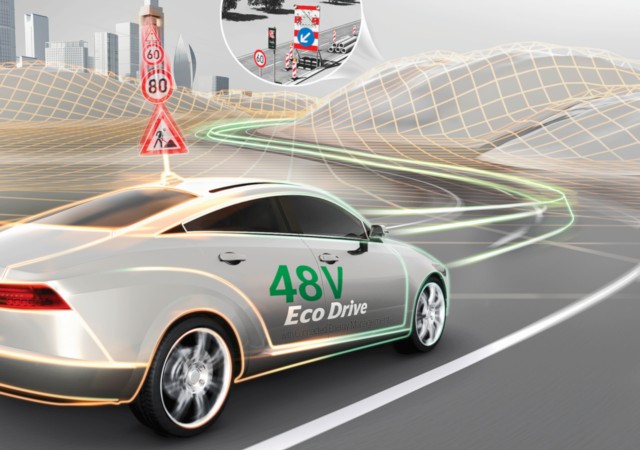
Efficiency of the 48V system can be increased even further with connected energy management
However, where the 48V system really comes into play is in meeting the revised emission norms that will only get more stringent in the coming years. One of the latest breakthroughs, so to speak, is the use of a heated catalyst, such as Continental’s EMICAT, to treat the exhaust stream from the outset. This will be supported by various catalyst convertors, such as Continental’s Ring Catalyst in petrol cars or metal substrate catalytic converter for both petrol and diesel engines with varying cell density and foil thickness that manipulate turbulence to expand the area of exposure. The latter also packs a diesel oxidation catalyst (DOC), a NOx adsorber, and the SCR. The air-cooled Deka SCR injectors further enhance system functionality and reliability. An array of sensors for pressure, temperature, fluid, and NOx are also part of this necessary evolution. Of course, this will come at a price.
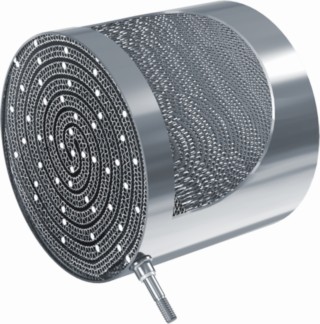
Continental EMICAT – Electrically-heated 48-volt catalyst
Bosch believed — back in 2017 after their Mobility Experience where we were present — that diesel engines can be improved another 10 per cent. And that’s in terms of overall efficiency. New-generation injection systems, higher injection pressures of 2,500 bar — already seen in the Audi SQ7 and the erstwhile Porsche Panamera 4S Diesel — better fuel quality, and more advanced emission control are only some of the means of achieving this evolution. The targets are high and Bosch believe that diesels, with their 25 per cent lower fuel consumption and 15 per cent lower CO2, are a key factor in attaining the 2021 CO2 fleet target of 95 g/km. Further real-world tests focused on optimizing the charging and air system, exhaust gas recirculation, transient NOx peaks, and exhaust gas after-treatment will be crucial in achieving change for the better.
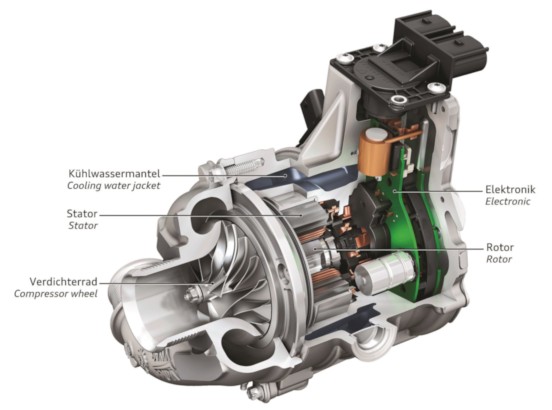
Audi SQ7 TDI 48-volt electric powered compressor
Electrification will play a huge role, too, with more efficient battery technology. Getting more energy per kilogram is the key. At 230 kg, the battery of an average electric car provides approximately 18 to 30 kWh, or kilowatt hour. To achieve the desired 50 kWh, a battery weighing up to 600 kg would theoretically be necessary. This isn’t really feasible in a compact vehicle, which is why the target for Bosch is 190 kg, with a target charge time of 15 minutes for 75 per cent capacity. These figures could be achieved with solid-state batteries based on post-lithium technology.
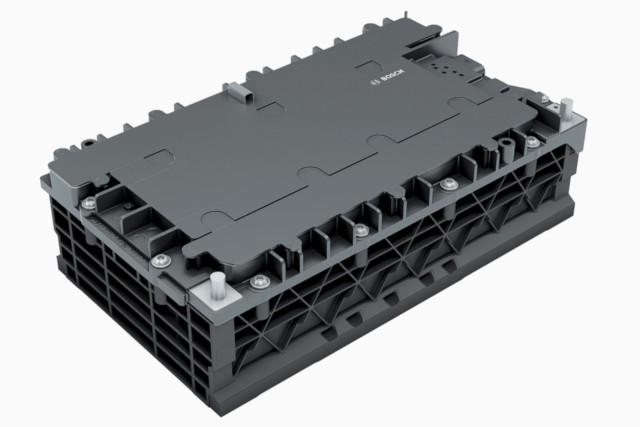
More power-dense, lighter and smaller 48-volt battery pack
Next Page > Are Diesel Hybrids the Answer?




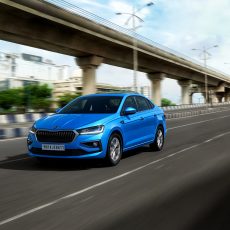
Pingback: AIR Index Tests Real-world NOx Emissions - Car India